5 min read
Harnessing High Search Volume Keywords for Maximum Impact
Discover the power of high search volume keywords and how to effectively use them to boost your online presence and drive maximum impact.
3 min read
Admin : Jun 1, 2021 10:56:59 AM
Ever-changing consumer behaviour, evolution and the adoption of technology are a good indicator of any future trends in marketing. Being in Digital, you are always looking to identify media consumption patterns and changes to the landscape and opportunities to find new customers. In this article, we cover some immediate trends followed by the adoption of the Internet of Things (IoT) and the possibilities it creates for the future of marketing.
The ambition of what technology could achieve is much bigger than what we actually see in the market today. Accessing information will look completely different and will open up endless possibilities for human development in the distant future.
There are three emerging trends that will influence the future of digital marketing and our daily lives.
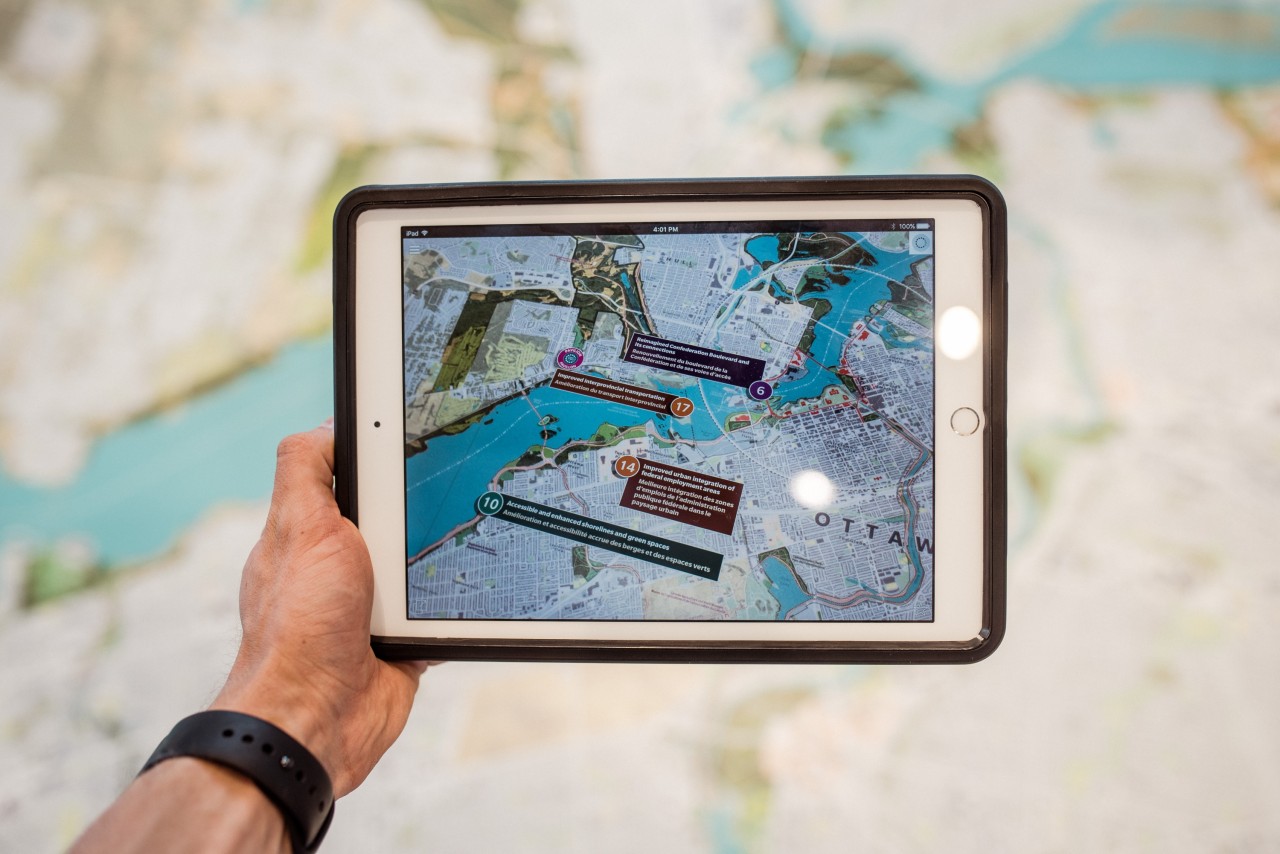
Traditional search has evolved. A lot. But it still has its issues when it comes to user experience. There are a number of features that have been introduced by Google over the years, but search results are still not very interactive. Users can get overwhelmed or underwhelmed by the information available. So we need something more.
This challenge is not just limited to search engines. Retailers will have to adapt too, and quickly.
Searches are no longer just text-based. Consumers want information to be delivered in the easiest way possible and want to be able to personalise their choices. Something all SEO professionals should consider at all times.
In order to truly unlock this experience, we need better speeds. 5G, which is designed for rich media and will offer speeds up to 10Gb/s is likely to be rolled out in 2022, adding more capacity to enhance personalisation and interactivity online.
An example of what this experience could look like is technology developed by Modiface. They are already testing the boundaries by using Augmented Reality to offer a personalised experience for the beauty industry.
This is an example of convenient but complex personalisation. Users try makeup on from the comfort of their own homes. Allowing users to get a feel of what your products could do for them via AR is a massive opportunity.
Google also started showing 3D Augmented Reality objects in Search back in 2019/2020 and announced an early adopters’ program. This feature is currently restricted to a limited number of organisations, but we can start preparing for it. The requirements are simple:
Your consumers have unique needs. AR provides a perfect opportunity to create a more personalised and immersive experience. A combination of new technology and high speeds will enable AR to disrupt the retail experience in the next few years.
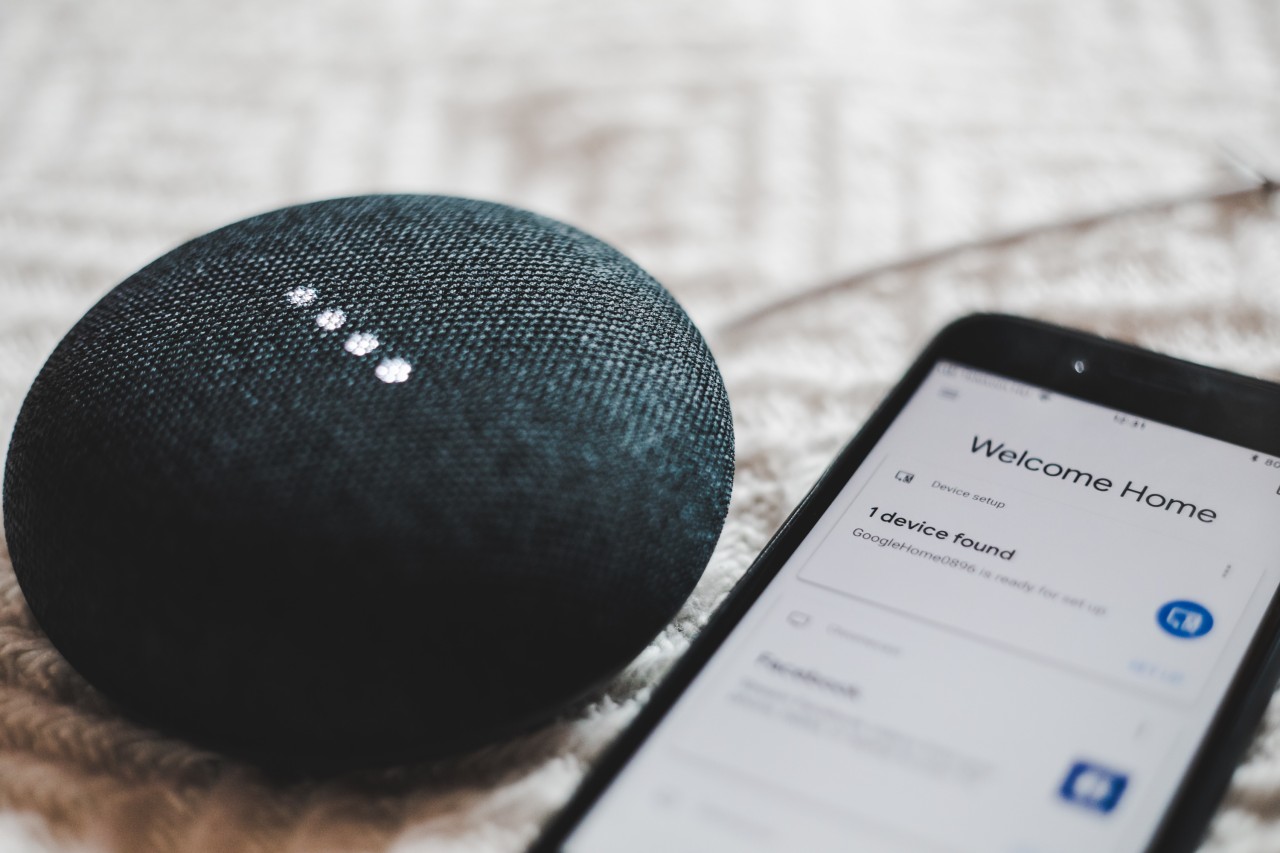
Search engines have plenty of data about people and their preferences. Our travel history, where we work, devices, browsing history and much more.
The next battleground is to connect the dots with what’s happening at home. Google Home and Echo dominate the speaker market already. Nest is partnering with ADT, leading the market share of the home security sector.
Household device-level targeting is already available. IP algorithms can determine IP address based on the physical address for precise digital ad targeting. This can be used for reaching new movers, venue targeting and web to home targeting.
By 2025, 75 billion devices will be online and connected. According to Google, 90% of media is consumed across a number of screens.
We can already see new interfaces popping up whether that’s in mirrors, fridges or car screens.
The future of marketing will be screen agnostic.
For marketers, this means organising and feeding information to platforms in a way that accurately conveys the meaning and the context of the data about our products.
Schema, Site architecture, Taxonomy and Ontology will gain more importance in bringing your inventory to these platforms which ultimately enable you to connect your brand to consumers across all types of devices and screens.
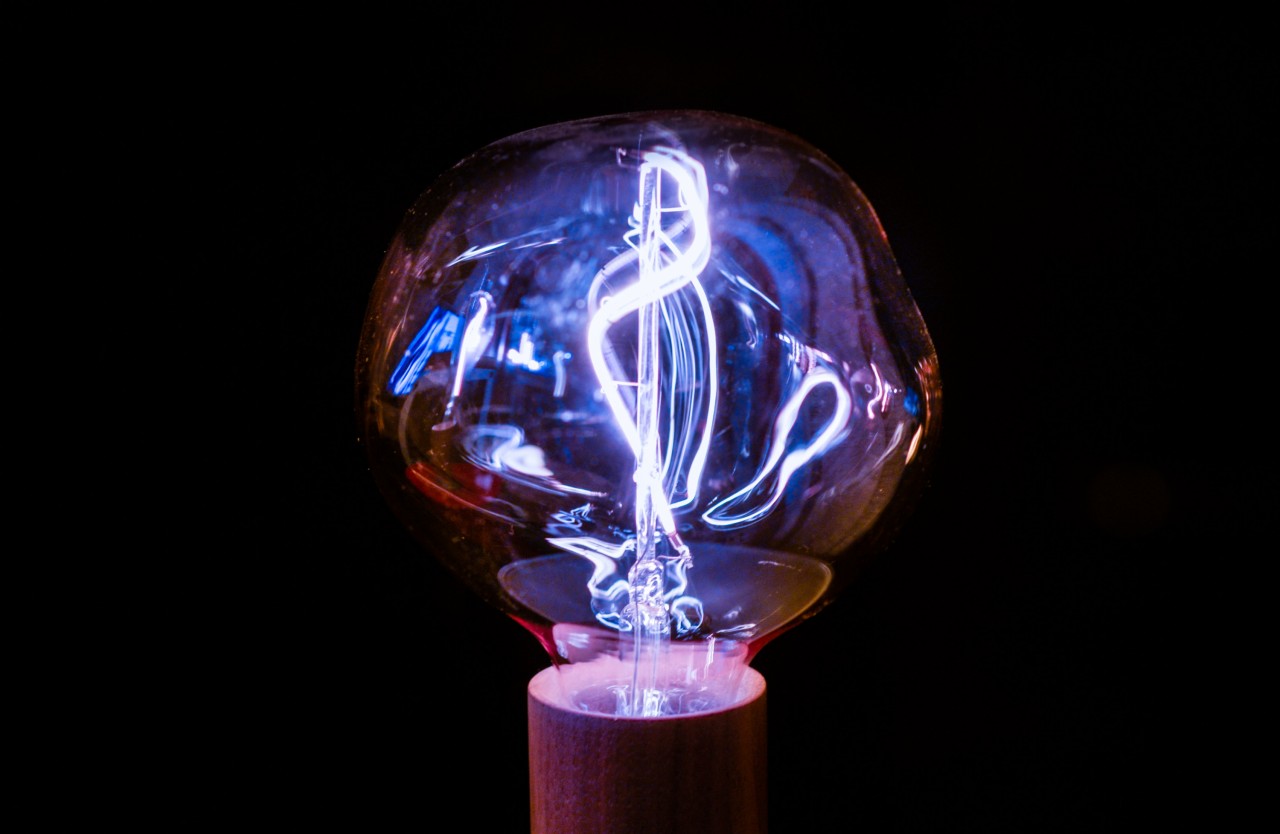
Search engines have become a lot more intelligent in understanding the intent behind searches happening on their platforms. From word vectors to thought vectors, the capabilities and the experience has improved manifolds.
Looking back at the ambitions of Google, Larry Page talked about his idea of ‘Search by thought’. You don’t have to use a laptop to type or a phone to say what you would like to search for. You can get all that information in your brain connected to billions of neurons in the cloud.
“Search will be included in people’s brains with the knowledge of the world. Google will augment the brain – Eventually, you’ll have the implant, where if you think about a fact, it will just tell you the answer.”
The creation of a human brain/cloud interface will give people instant access to knowledge and resources through thought. Advancements in nanotechnology and AI will enable this to happen in real-time.
Imagine getting every question right in a pub quiz.
A similar system called ‘BrainNet’ has already been tested, focused on creating a thought driven information exchange between individuals. This technology works with an average accuracy of 81.25%.
There is still a lot of work that needs to be done to enable this on a wide scale. You can imagine the bandwidth needed to manage the flow of information and by millions of people.
Having said that, with all the advancements in this area, we could be seeing a form of an internet driven by thoughts by the end of this decade.
Although this seems far away, this era will truly change the way we consume information and will present new opportunities and challenges for reaching customers whether you work in paid social or PPC.
Stay up to date with the latest in search marketing on our LinkedIn or fill out a contact form and we’ll be in touch.
For help with your digital marketing, explore our SEO, Paid Media, Paid Social and Digital PR services.
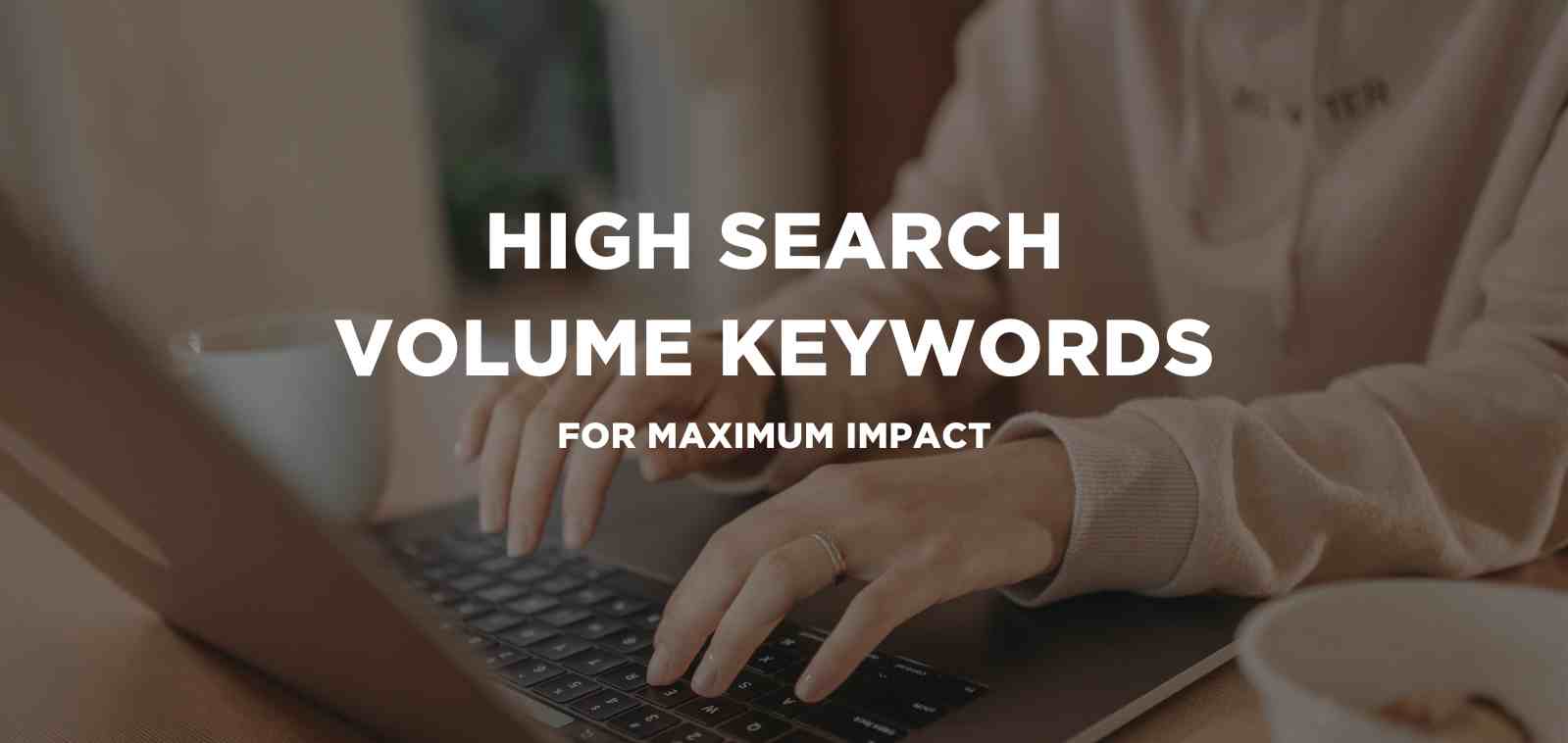
5 min read
Discover the power of high search volume keywords and how to effectively use them to boost your online presence and drive maximum impact.

2 min read
We're delighted to officially announce our partnership with Eflorist, one of the world’s leading flower delivery brands with over 54,000 local flower...
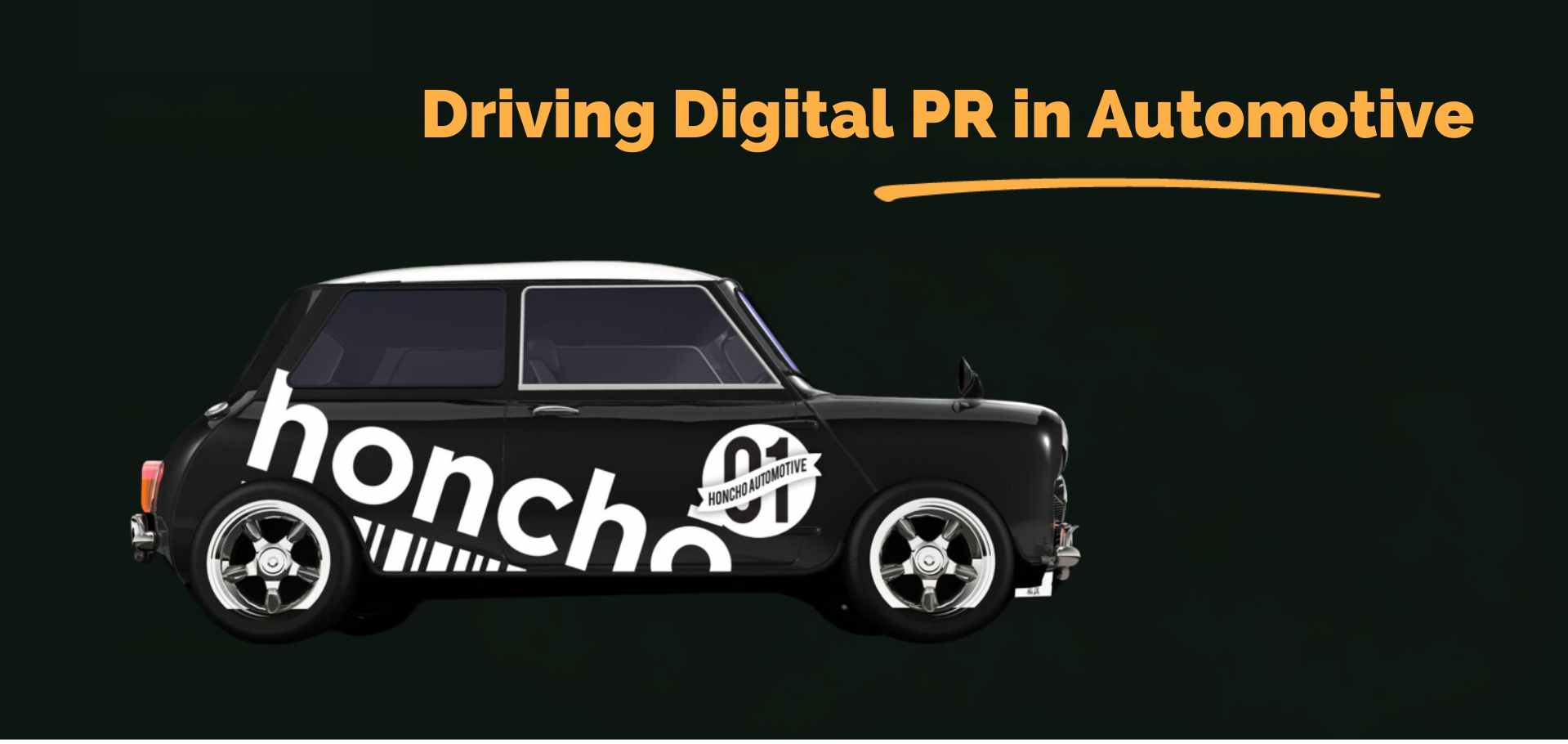
5 min read
Working agency-side in digital marketing often means that you’re expected to be a jack of all trades, with industry expertise stretching across...
As more and more retail consumers shift to the online world, e-commerce is rapidly growing faster than ever before. As technology continues to...
The automotive industry is always changing, with fierce competition from manufacturers to keep sales consistent – especially during COVID-19. To keep...